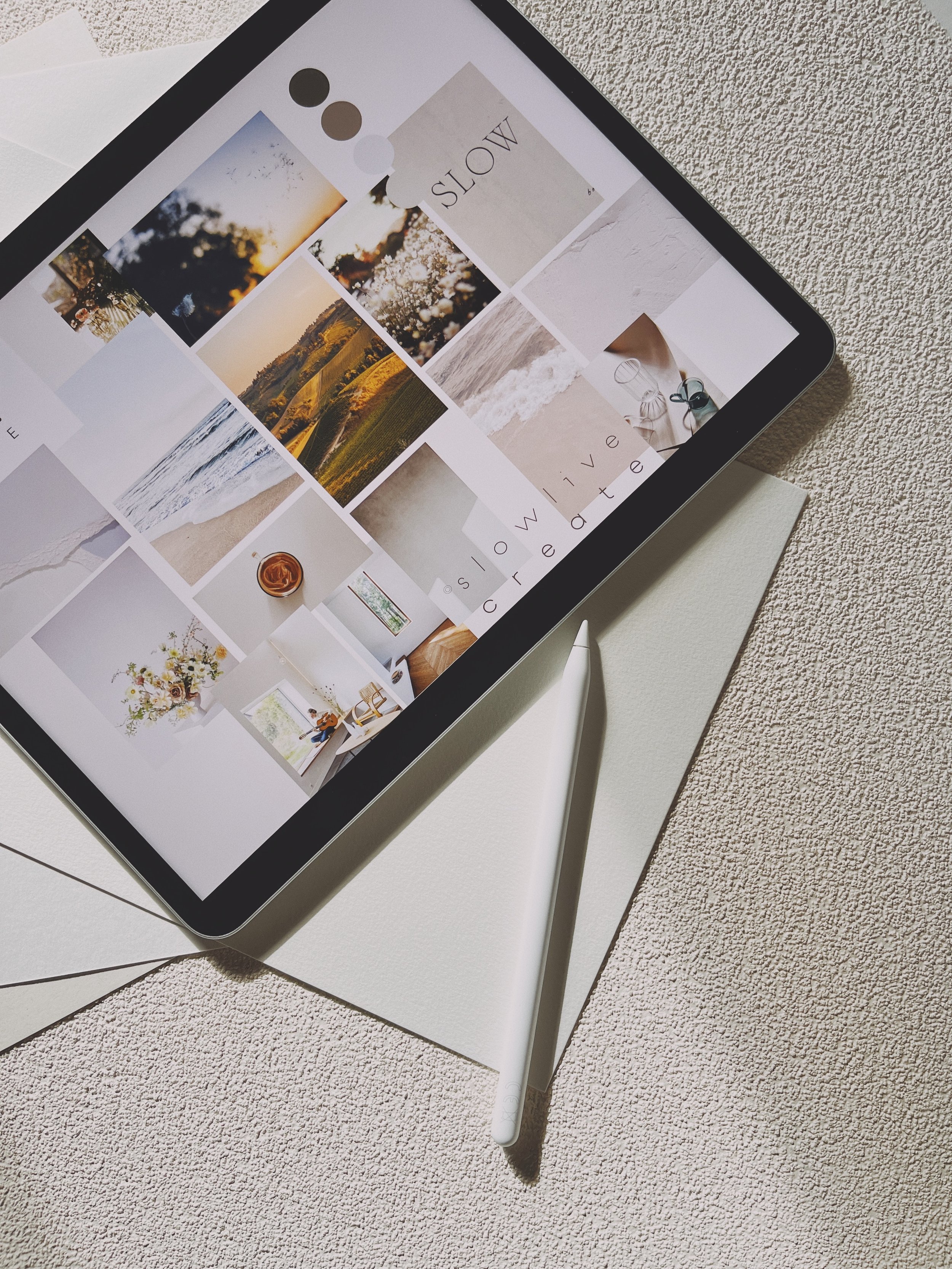Designing a space, whether it's a single room or an entire house, can be an exciting but overwhelming task. With so many options to choose from, it can be difficult to visualize a clear direction for the project. That's where mood boards come in. Professional stylists and designers use mood boards to test out various ideas and provide clients with a clear idea of the feel and style they are trying to achieve. But what exactly is a mood board, and how can you create one that's effective?
What is a Mood Board?
A mood board is a visual tool that helps to bring your design ideas to life. It's a collage of images, textures, colors, and materials that represent the overall style and feel of the space you are designing. Mood boards can be physical or digital, and they are an essential tool for organizing your thoughts and communicating your vision to others.
The Funnel Technique
When creating a mood board, it's essential to start with a clear idea of what you want to achieve. This is where the funnel technique comes in. The funnel technique involves starting with abstract ideas and gradually moving towards more concrete details as the project progresses. For example, if you are designing the interior of an existing room, the exterior of the house (the period, structural materials, color of the facade, neighboring buildings, and so on) can help you funnel your ideas from the abstract to the concrete.
Slicing the Pie
Another useful technique for creating a mood board is the pie chart. Draw a circle diagram and sketch in the different activities that will take place in the room as different-size slices of a pie. Think about how many hours of the day or week will be spent on each activity or which activities you feel are most important. This will make it easier for you to form an overview of the situation and to understand what the new design has to cater to.
The Ingredients of a Mood Board
There are no hard and fast rules when it comes to creating a mood board. However, there are some ingredients that are worth considering:
Feel/Target: Try to formulate clear targets that reflect the lifestyle and feel you are trying to achieve. Search for photos and pictures that illustrate and symbolize the mood and the activity (or activities) you want to include.
Exterior: Is there anything about the exterior of the house and its architecture that will help advance your interiors project? The color of the facade, the materials, the style, the history--anything at all that could kick-start your project?
Styles: Once you've been through a huge number of photographs of interiors, the type and style of interior that speaks to you will begin to emerge. Remove anything that does not feel 100 percent you and be honest about what is achievable and what is out of reach.
Photo by Toa Heftiba on Unsplash
Creating a mood board can be a fun and rewarding process, and it's an essential tool for any interior design project. By organizing your thoughts and ideas, you can create a clear vision for your space and communicate it effectively to others. Remember to start with abstract ideas and move towards more concrete details as the project progresses, and be honest about your style and what is achievable. With a little creativity and planning, your mood board can be the ultimate tool for bringing your design ideas to life.



